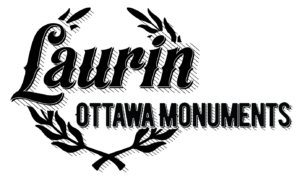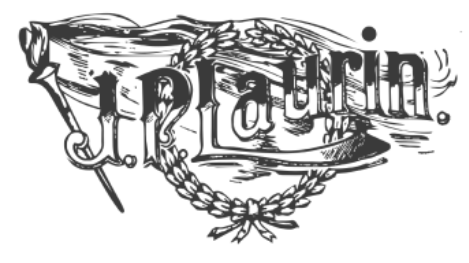Buying a Monument
Frequently Asked Questions:
Our family funeral director/home recently began advertising that they now sell monuments. We are skeptical of this proposition and felt somewhat reluctant to purchase.
Today’s funeral directors/homes are facing revenue loss due to the high rate of the cremation services that many families now desire instead of full burial. To combat this huge loss of revenue, the funeral director might try to sell monuments out of a catalog or a limited display.
The large majority of funeral homes that sell monuments outsource the production and design to actual monument companies. Not being an expert in the complicated design and production requirements of monuments, the funeral director cannot really speak from the standpoint of knowing all the details involved in the selection and creation of a monument. This lack of experience and knowledge does a disservice to families seeking professional advice about monuments.
Bottom Line:
Funeral = funeral director.
Monument = Laurin Monuments. Est. 1900 – Memorial Architect’s of Distinction
What about purchasing a monument from a cemetery?
A cemetery’s main field of operation is to sell and maintain grave space and provide services related to upkeep. Cemeteries mostly use their own staff for salespeople in an attempt to sell monuments/grave markers. In many cases the monument that you purchase from them is likely made by us, but without the benefit of a consultation that would provide visual references to a multitude of options and price points.
When should I purchase and have the monument installed?
The time for installing a monument always revolves around what you and your family are comfortable with. It’s often best to make arrangements near the time of passing to help in the closure of the grieving process.
Is size an important factor?
Remember, size should not be the measure of value when assessing a monument. It is the finer points of artistry, craftsmanship and quality that truly define a quality memorial.
With many variables that affect the ordering of a monument, we understand that it can be overwhelming for families. Let us help. We will send a field representative to the grave site (at no cost to you) to perform a visual inspection of the area. After our inspection, we are then able to advise you as to the size and style of monument that will fit well in the area.
What is the most common size for a headstone?
There really isn’t a particular size that would be considered “common”. The largest dictator of the size is likely to be the regulations at the particular cemetery where the stone is to be installed.
Can you guide me in what to write on the monument?
An inscription is meant to be a lasting tribute, so it needs to be correct. This is why we have made this one of our specialties. We can guide you in the creation of an inscription that will express your feelings and personalize the stone as the ultimate tribute to the legacy of those memorialized.
What factors will affect the timing of the placement of the monument and how does this affect the timing of my order?
There are many factors that can affect the timing of delivery and placement of a monument, such as the choice of materials and/or intricacy of the monument design. While the average time is two to four months between the ordering of a memorial and its placement at the grave site, in some cases, it may take as long as six months or more given the specific factors involved.
Can a monument be installed in the winter?
No. The winter months prevent the construction of foundations because concrete cannot be mixed during freezing weather. If an unveiling is planned for the early spring, arrange to purchase the monument no later than early November. The foundation can then be finished before the frost sets in. Foundation construction is usually halted in winter until late April or after the ground has thawed out.
Can you duplicate an existing monument of a family member interred nearby?
Yes we can. First, we send a field representative to the grave site where photos, rubbings, and measurements are taken of the existing headstone. From these, our experienced craftsmen can carefully create an accurate reproduction, within the limits of existing technology.
Does my monument need to be made of granite?
Yes. Granite is the most enduring of memorial grade stones.
Why are there so many Marble and Limestone monuments in the older section of cemeteries in our area?
Many cemeteries in our region from the 1900’s through the 1940’s are filled with monuments made of marble because it was less expensive to cut, polish and carve with the tools of that time. Unfortunately, this is why many of those old marble memorials are nearly unreadable today while granite memorials from the same time, are easily read and show almost no deterioration.
Certain conditions (salt, hydrocarbon and sulfur dioxide pollution) contribute to the decomposition of the calcite structure of marble and allow it to be eroded rather rapidly. Some marbles are more durable than others. Also, dry, rural areas (without major automobile and industrial pollution) are less damaging to marble.
Marble was used almost exclusively before the 1920’s. Then, gradually, better tools and techniques, wire saws, sandblast carving, carbide and diamond tools allowed more efficient quarrying, cutting, polishing and carving of the harder granite. Today, granite has proven the most durable and is the preferred choice for cemetery headstones.


